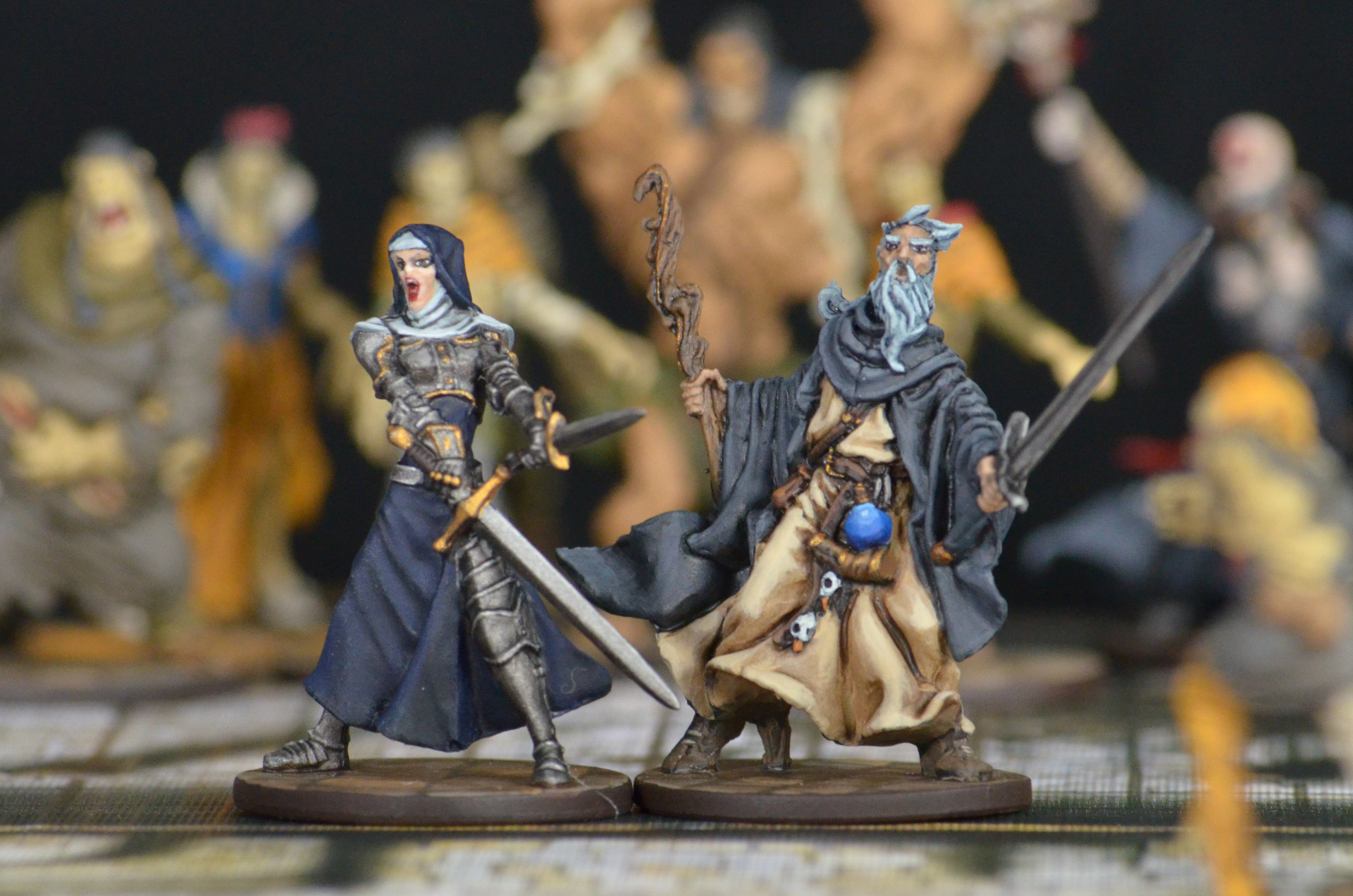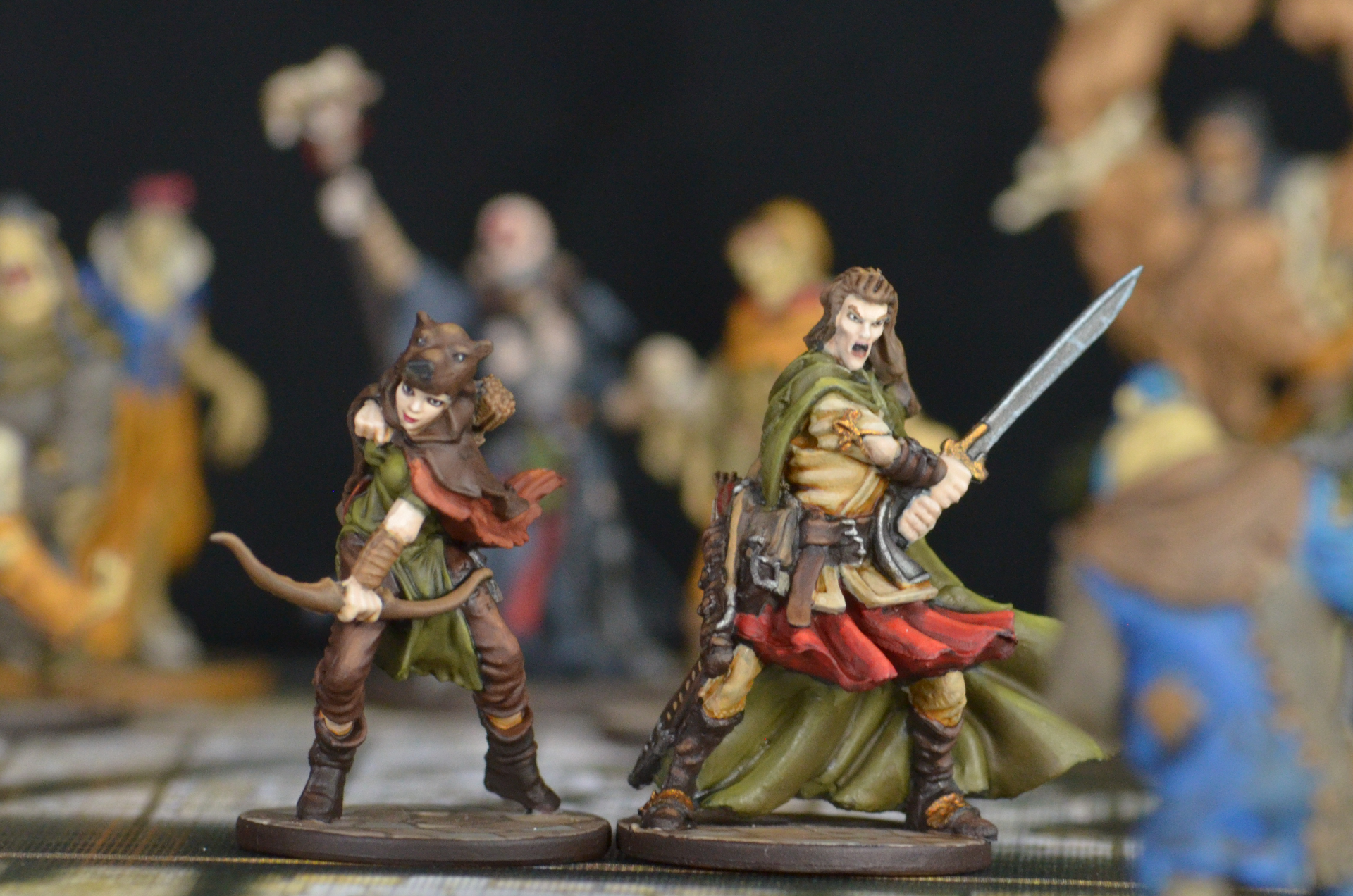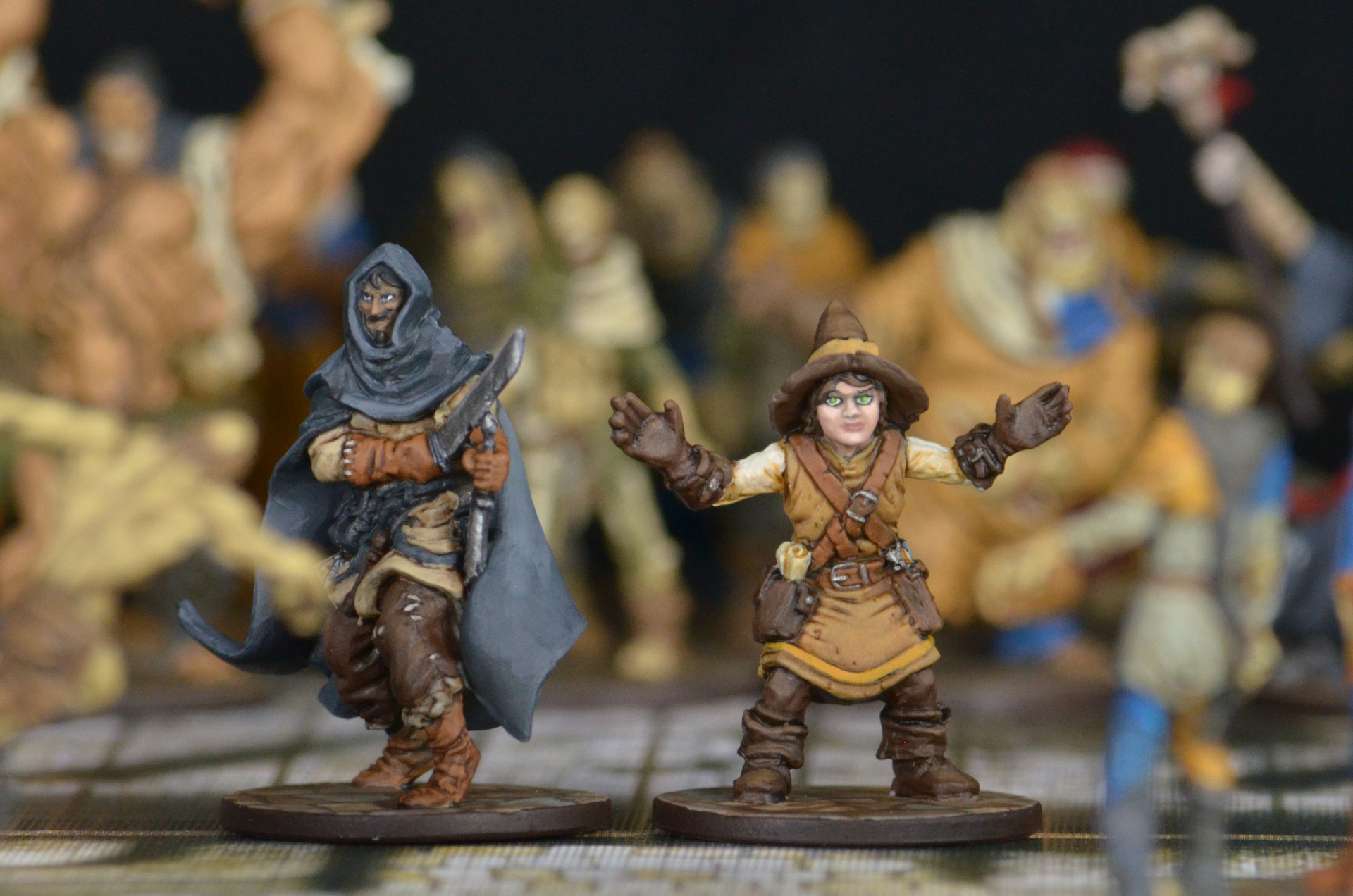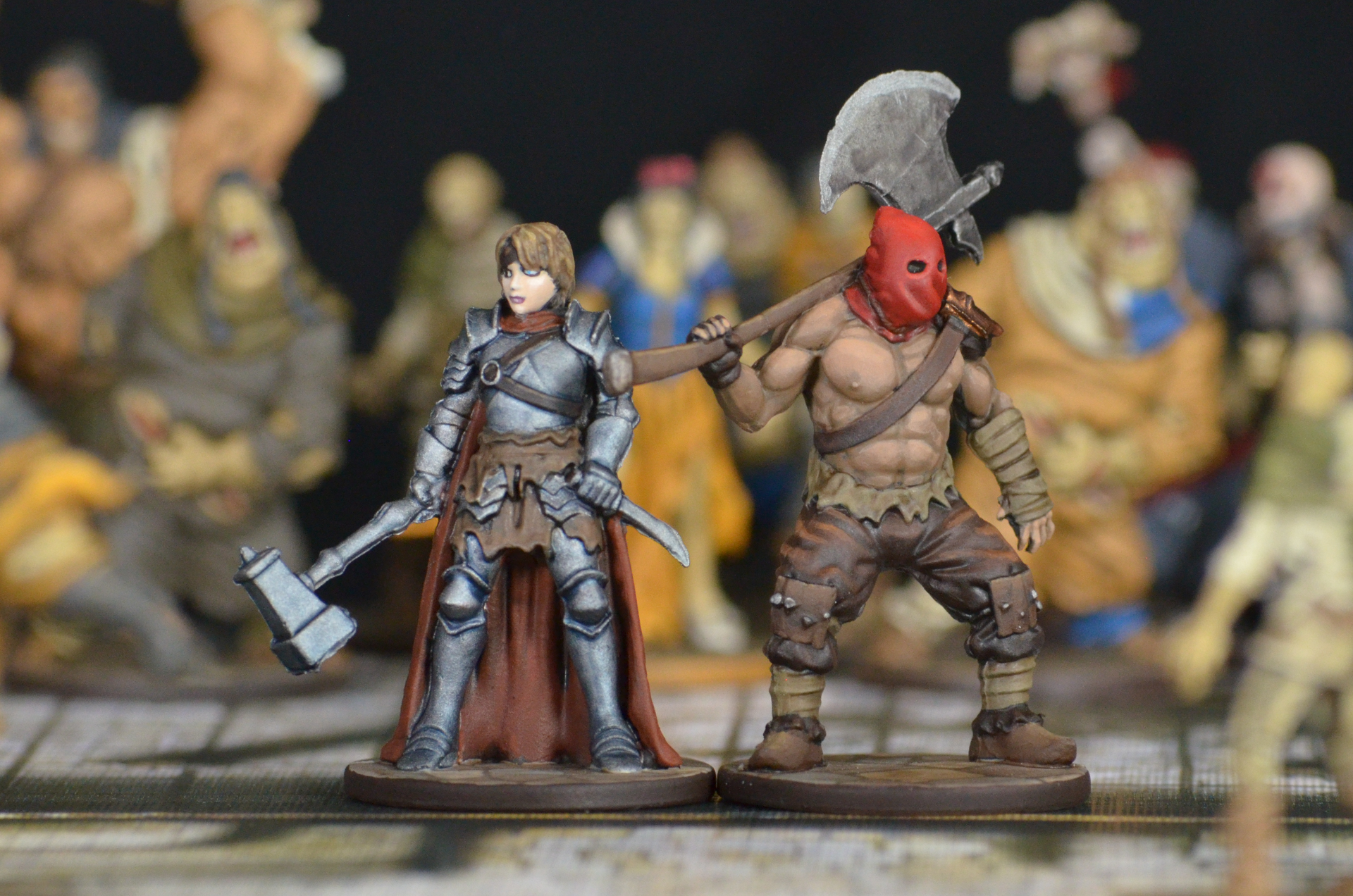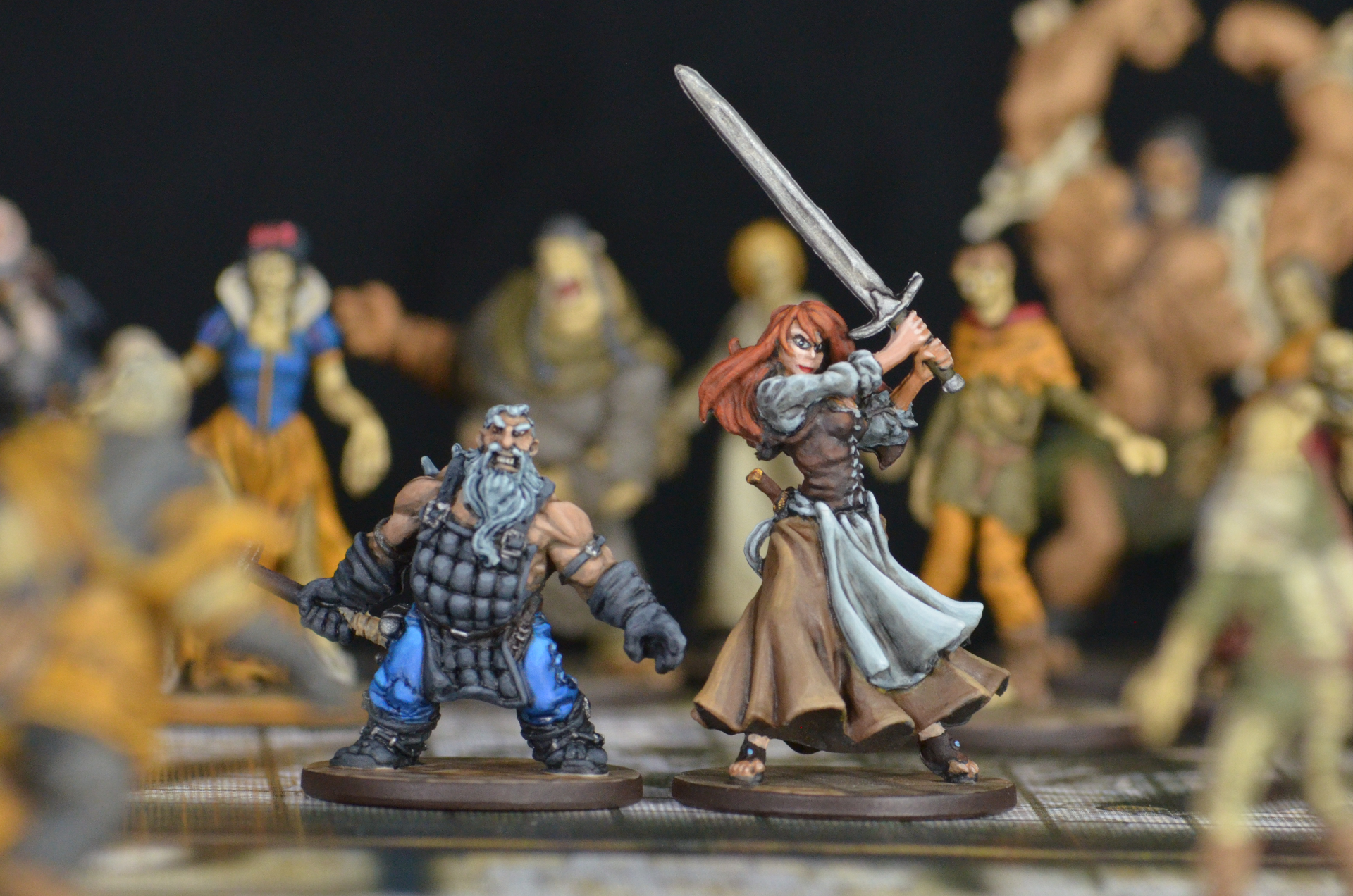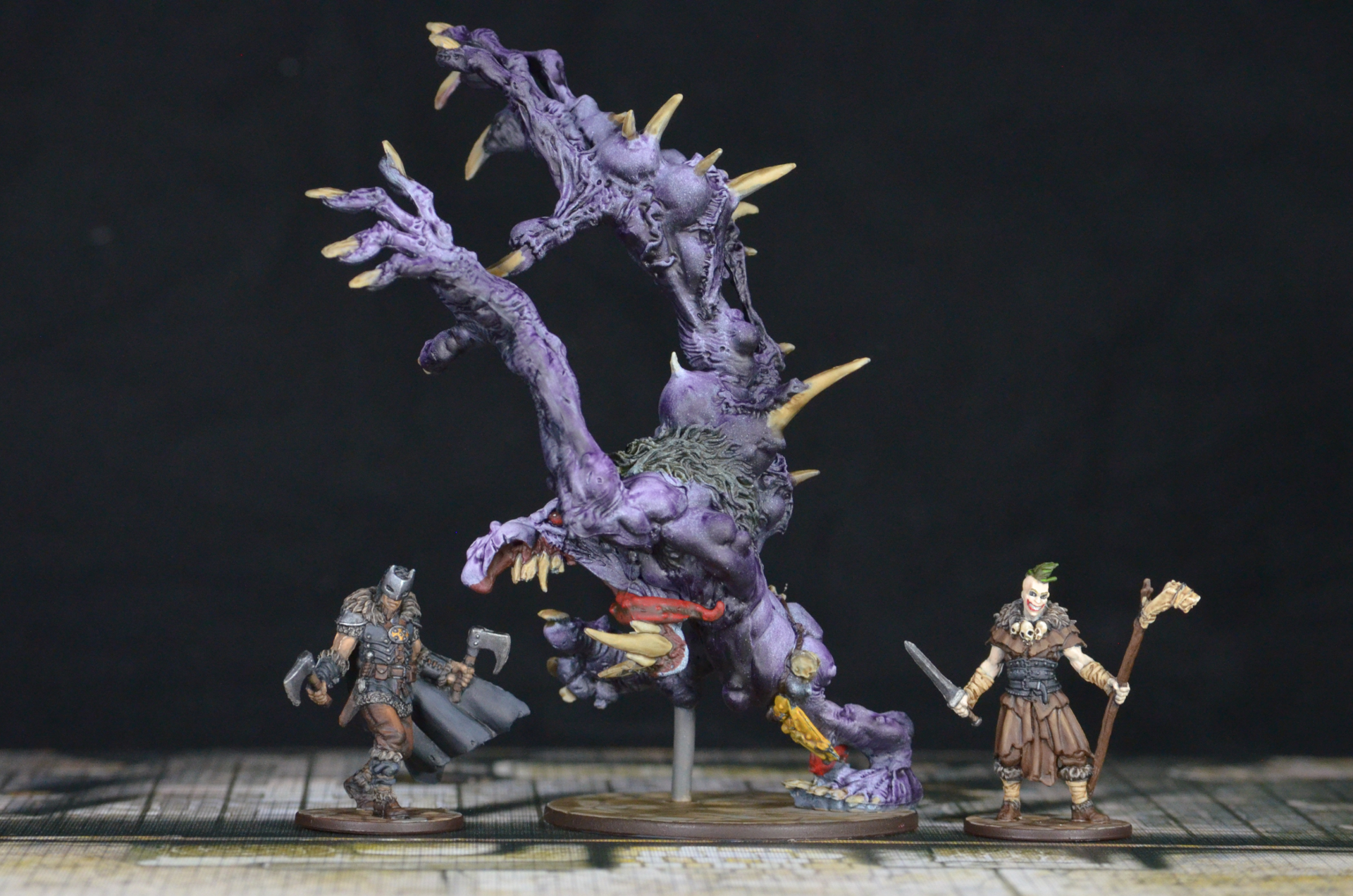The Painting Cloth
It finally happened.
While checking work emails this morning, I spilled tea all over the paper towel I use to wipe excess paint and water on.
The painting cloth. RIP.
This funky piece of paper towel tracks my painting journey over the last 6 months. The middle two sections contain many of the colors used in my Steel Phalanx army. The top and bottom are a mixture of Zombicide and Caledonians for Infinity.
You will be missed, beautiful cloth. Rest in peace.
Or just rest in the trash can.
Whatevs.
As far as my own hobby goes, I am still trying to knock out my Caledonian force for Infinity before going back to Zombicide. Unfortunately, travel and life have limited my hobby time, but I'm back to making progress.
Work in progress Traktor Mul from Infinity.
This potato image attempts to capture the highlighting done on the green of the Traktor Mul using an airbrush. It looks a bit hollow without many of the details painted, but I am surprised by the quality of transition given how little time was spent with the airbrush.





